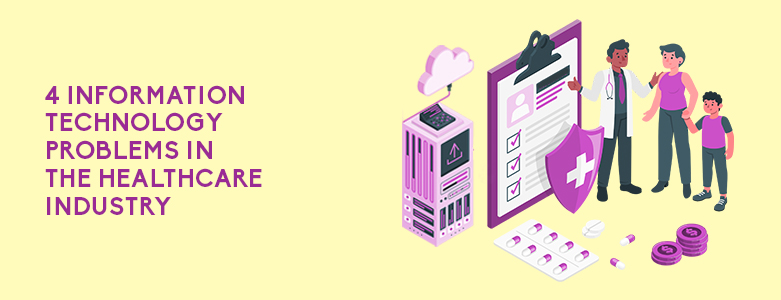4 Information Technology Problems In The Global Healthcare Industry

What are some information technology problems in the healthcare industry? Increasing need for data storage Vulnerabilities to ransomware Risk of data loss Telemedicine and BYOD With the advancement of technology, the medical field has grown by leaps and bounds. But despite that, there are still information technology problems that the healthcare industry continues to […]
